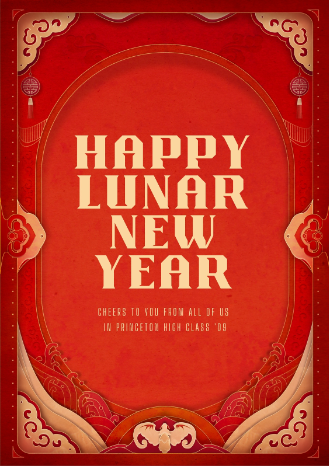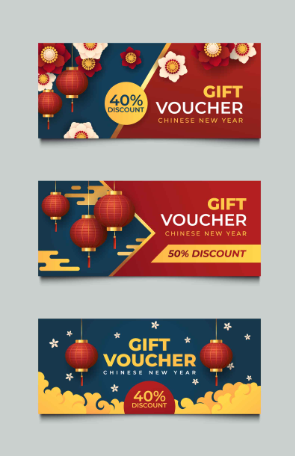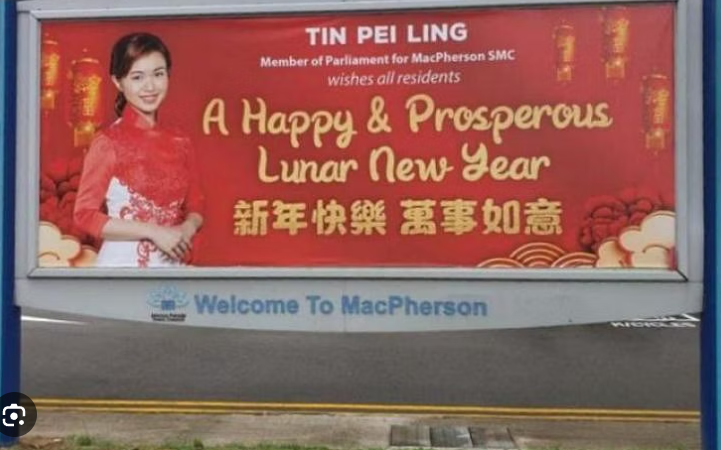Introduction
The Lunar New Year event will take place at Pacific Mall so that locals may interact with one another and discover the variety of their neighborhoods. Additionally, it will convey to others the joy of my culture. A catering company will be used to prepare the essentials. The target market, which is thought to consist of about 1,000 individuals, will mostly be celebrating the lunar new year.
Regarding demography, geography, and economy, there are no limitations due to the nature of the event, which attempts to gather everyone interested in broadening their cultural perspectives. The main competitor to the event can be the Losar Festival, which can draw a lot of attention due to its extensive marketing campaign. The unique selling proposition is the potential to provide guests with a one-of-a-kind cultural experience that gives them a taste of traditional Lunar New Year celebrations in a contemporary and exciting environment.
Marketing Goals & Objectives
The SMART goals of the event are the following:
- During the Lunar New Year celebration, boost mall traffic by 10% by advertising the event and collaborating with nearby companies to provide deals and discounts specifically for the occasion. A thorough advertising campaign can achieve this goal.
- Organize interactive events like traditional dance performances and calligraphy workshops to give guests a fully immersive experience of the Lunar New Year celebration. This goal can be achieved through collaboration with local artists and performers.
- Increase sales at participating stores by 15% during the event. This will be achieved by giving customers special deals and incentives and utilizing data analytics to monitor and assess the results of these activities.
To guarantee that the event is culturally aware and responsive, I will prioritize community participation by collaborating with local cultural organizations and community groups. The event will also emphasize social responsibility and giving back to the community (Awaysheh et al., 2020). It will allow guests to show their customs, crafts, and abilities to a larger audience.
Advertising will be implemented to promote SMART’s goals for the Lunar New Year celebration using both online and offline channels to achieve SMART’s goals for the Lunar New Year celebration. In addition, to achieve the goals, collaboration will be made with nearby businesses to generate offers for exclusive discounts. Using data analytics to track sales figures and make adjustments is equally essential.
The event will provide insight into many cultures and customs while promoting diversity and inclusivity by involving diverse artists, merchants, and lecturers. Incorporating social responsibility into a commercial Lunar New Year celebration allows organizers to produce a more significant and lasting occasion that succeeds commercially and has positive social and environmental effects.
Marketing Strategies & Advertising Campaign
Marketing Mix strategies can be utilized to create a fundamental approach to achieve the event’s success.
Product
It must include conventional and contemporary components that emphasize the essence of the Lunar New Year. Events may also seem immersive when performances like lion dancers, traditional music, and dance performances are present.
Price
Considering the desire to make the event accessible to a diverse audience, it would be appropriate to set an affordable entrance price for most attendees. $10 per person is considered a potential entrance fee for the event. This pricing would aim to cover the costs of organizing the event while remaining affordable for the target audience.
Place
The mall will provide a fantastic location for the event because it can attract more guests.
Promotion
To reach individuals outside of the mall, pre-event advertising might be done through several marketing platforms, including social media, newsletters, and neighborhood billboards. The event may be advertised through social media like Facebook and Instagram, print advertising in regional publications, and event calendars on other websites.



Visually appealing and attractive ads can be made for social media sites like Facebook and Instagram. The advertisement can have colorful shots of lion dancers, ethnic music, and dance performances. In the nearby areas, strategically placed billboards can raise awareness and spark interest among the local populace. The billboards will have clear messaging that drives viewers to the event website or provides important information like the date and time.
Thus, this event should draw more people and live up to expectations if it uses these fundamental marketing mix strategies. The AIDA model in the context of an event means that advertising and promotional efforts are designed to capture the attention of the target audience. The use of authentic cuisine, engaging activities, and a lively atmosphere creates a desire and excitement to be a part of the event. Advertisements contain clear calls to action, such as directing people to the event website to purchase tickets or providing information on how to visit the mall.
Conclusion
The most crucial and time-consuming aspect of event management is evaluation and feedback. One of the primary metrics to evaluate the event’s success is the number of attendees. I will assess whether the event attracted the desired audience by comparing the actual attendance with the target number. Conducting surveys or feedback forms among the event attendees can provide valuable insights into their perceptions. Questions can focus on overall satisfaction, enjoyment, relevance to their interests, and suggestions for improvement. Based on the evaluation and feedback gathered, reviewing and analyzing the collected data and incorporating the lessons learned from the evaluation and feedback into the marketing plan for future events is essential.
References
Awaysheh, A., Heron, R. A., Perry, T., & Wilson, J. I. (2020). On the relation between corporate social responsibility and financial performance. Strategic Management Journal, 41(6), 965-987. Web.
Ferrell, O. C., Hartline, M., & Hochstein, B. W. (2021). Marketing strategy. Cengage Learning.